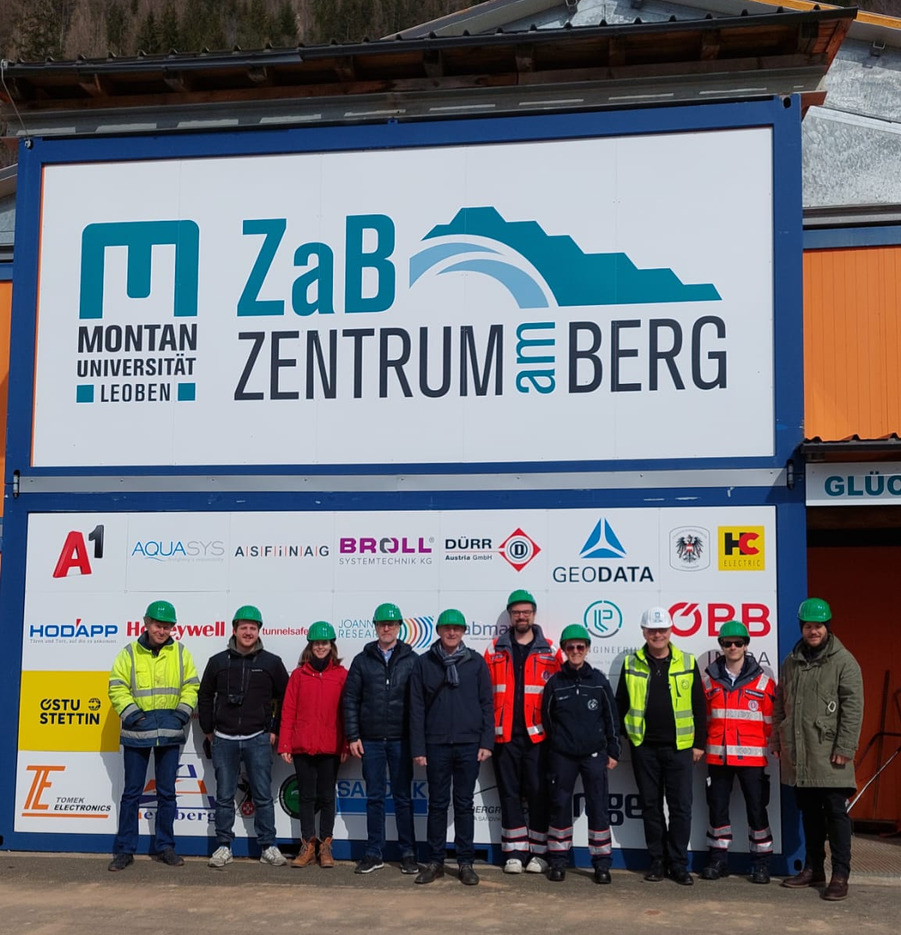Within MED1stMR we aim to develop a mixed reality solution for medical first responders to train mass casualty incidents. This digital training solution should prepare the trainees for their real-life operations.
In course of our project, we plan to test the system with trainees all over Europe (see MED1stMR Field Trials) but also compare the training with real-life exercises to have insights and comparison data on both training approaches.
Real-life exercise at “Zentrum am Berg”, Austria
For this, we will use the huge underground facility of our partner Zentrum am Berg – University of Leoben, to execute a real-life exercise simulating a bus crash in a real tunnel. This week representatives of the MED1stMR consortium visited the location in the heart of Austria and discussed the exercise planned for September 2023.
This 1-day exercise includes a lot of preparation but also on-site tasks and a detailed follow-up. Together around 20 medical first responders will train with representatives from fire services and others. Together 70 people will be on-site to allow medical first responders a very special experience of training in a real tunnel.
Real-life training vs. Mixed Reality? Is there a winner?
Digital training can be more cost-effective than real-life training but at the same time, it is often less realistic. With MED1stMR we aim to develop a solution that is cost-effective and as realistic as possible.
Training is a critical part of any profession, and it is especially important in fields such as emergency services and healthcare. To decide if the training is executed in large-scale real-life exercises or a digital mixed reality environment is a decision that will become relevant when introducing digital learning methods to an organisation. This discussion is also a part of the MED1stMR research project.
But – spoiler alarm – both approaches have their advantages and drawbacks, and both have the right to exist.
We don’t see training in a virtual mixed-reality environment as the only winner, just because it is cost-effective and more realistic. We see mixed reality training as a big addition to the training curricula of medical first responders in Europe. They can prepare more often and more realistically besides the real-life exercises that are too cost-intensive for regular training. So even the time between the next real-life training can be used more efficiently than just with paper or desktop simulations. In the end, the solutions aim to provide medical first responders with better mass casualty incident preparedness and resilience for their job.

